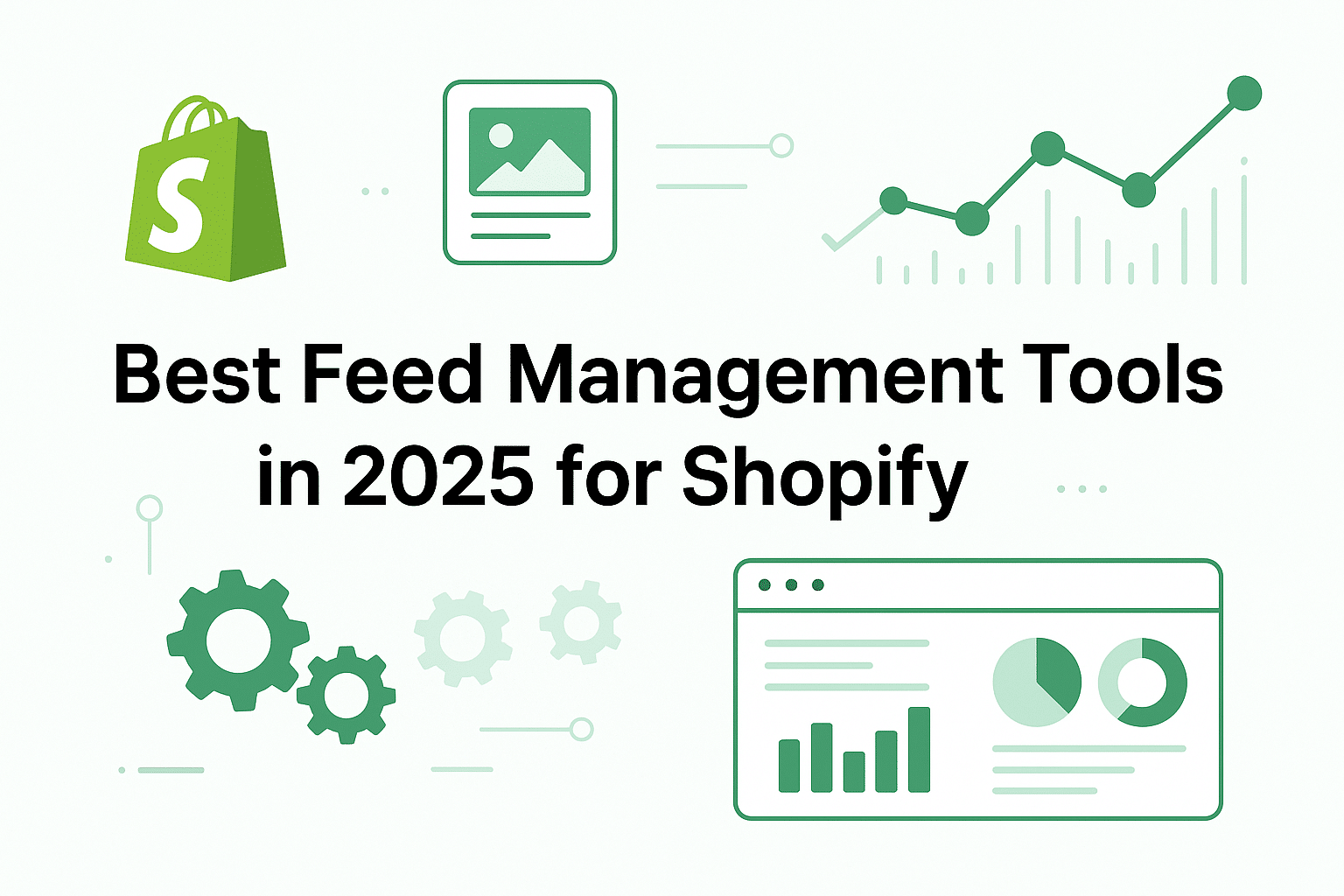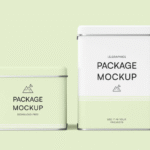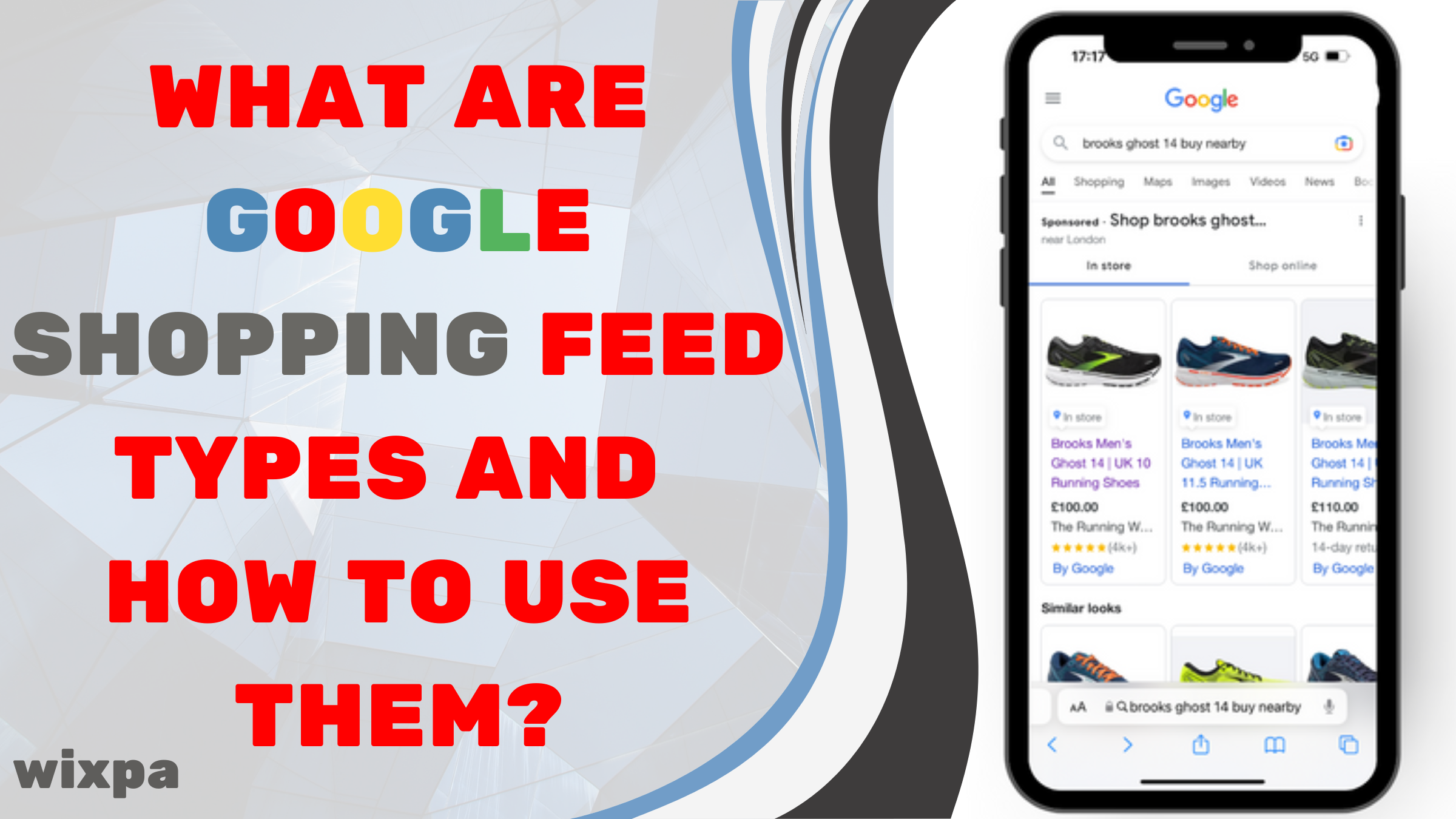
If you own an e-commerce business, it is essential to get your products to as many consumers as possible. One solution to this is Google Shopping feeds as they allow the display of your product in Google Shopping ads, making it one of the most appealing and informative formats in the market. In this post, we’ll examine the different forms of Google Shopping feeds and show how they work, especially for users of Shopify who are searching for ways to integrate the best Shopify apps for Google Shopping into their operations.
What is a Google Shopping Feed?
A Google Shopping feed, in most simple terms, is a well-organized data file that details all the products you are advertising on Google. The file consists of information like product titles, cost, descriptions, images, and categorization that assists Google in displaying the products accordingly in the Shopping ads.
Key Benefits of Using Google Shopping Feeds
Higher Visibility: due to their unique positioning, Google Shopping ads have a higher chance of getting the products out there.
Improved Reach: With Google and other targeting mechanisms, your products are bound to reach a large audience base.
Enhanced Engagement: Known everywhere, visual advertisements will certainly improve the number of clicks and will drive traffic straight to your site.
The Significance of Google Shopping Feeds for Online Retail
Google Shopping feeds are essential resources that any e-commerce shop can use. It places your products in the eyes of buyers who are looking for your products thus making them very effective. For Shopify acting users, these feeds work quite efficiently when integrated with the best Shopify apps for Google Shopping as they make feed creation and updates easier.
Secondary Types of Google Shopping Feeds
So when you are about to create your feed for Google Shopping marketing, there are two types of feeds almost ready for you to choose from: Primary Feeds and Supplemental Feeds. As you might expect, each has a different role hence the need to differentiate them.
-
Primary Feeds
A primary feed is the principal product data source that Google uses to generate your Shopping ads. This feed encompasses all necessary product details, from the name of the item to its price, and constitutes the core of your Google Shopping campaign.
-
Supplemental Feeds
Supplemental feeds are essentially supportive feeds that offer sources of information that cannot be held independently but support primary feed through the provision of additional information including geographic prices or newly revised descriptions.
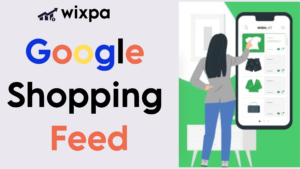
How to Select the Correct Feed Type
First questions Are you making the feeds from scratch, or are you looking to improve your existing feeds? The choice between a primary and a supplemental feed mostly depends on your circumstances. Primary should be your choice if you are starting from scratch. On the other hand, if you aim to enhance your present data, go for the supplemental feeds.
Primary Feeds: The Backbone of Google Shopping
The creation of primary feeds is the very first step towards configuring the Google shopping account. When working on such a feed, it is necessary to prepare such data as product IDs and descriptions, pricing, availability, and other necessary product details. It is the primary feed that forms the source of information related to advertising on Google Shopping and thus requires precision and constant modifications.
Supplemental Feeds: Improving the Primary Feed
Starting, supplemental feeds do not require you to start from scratch with your primary feed ready. Some supplemental feed examples include new shipping regions, promotional text, etc. These feeds are used if you have to make changes to some fields only and do not wish to re-upload a whole feed.
Here’s How You Can Utilize Shopify with Google Shopping Feeds.
For users of Shopify, the process of integrating Google Shopping is quite easy due to some of the best Shopify apps for Google Shopping. This allows advertisers to utilize such solutions as alternative feed manager devices that will create the feed on their own and update it instantaneously, making the ads useful and relevant all the ways.
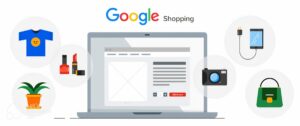
How To Set Up Your Google Shopping Feed On Shopify
In practice, an online store on this platform should have no problems setting up a Google Shopping feed with the right Google Shopping Apps for Shopify. Here’s a short procedure on how to do that in a few steps:
- Create a Google Merchant Center account and link it to your Shopify account.
- Go to the Shopify app store and download one of the Google Shopping Apps.
- Create your final product feed through the app of your choice by following the processes and including all the necessary details.
- Submit the feed to Google Merchant Center and fix the issues that have been marked.
Few Best Google Shopify Apps for Shopping Feeds
In finding for perfect apps, there are some issues ad companies might address when using some of the Google Shopping feeds for Shopify users. Here are some recommended specifics that can help relax the user’s tension.
- Google Shopping by Shopify: Products in your Google Merchant Center to automatically sync.
- Flexify: Custom product feeds for any of the feed formats.
- DataFeedWatch: Optimize feeds in detail and customize the product data in detail and report.
Using these applications allows users of Shopify platforms to keep check of the feeds as well as keep their shopping feeds as aligned as possible with Google expectations and do so with minimal interventions.
How to Make Your Google Shopping Feeds More Resourceful
It is very important to optimize Google Shopping feeds if you wish to be different. Review each product title as well as the product description text and use only suitable SEO keywords for them. Also adding more images and lowering the price will help to get more clicks and increase sales.
Adjusting Inventory Levels and Price Management Through Feeds
There should be no wrong pricing or wrong inventory levels recorded anywhere because that will lead to disapprovals from Google. It is best to use software where you do not have to manage these elements manually and integrate them with your Shopify store in an automated and real-time manner.
Fixing Some of the Common Errors in Feeds
Some of the common problems are items that have been rejected for exceeding specified limits, lack of details or irrelevant prices. The Merchant Centre’s other Diagnostics tool will give relevant information on what errors there are so that you anticipate correcting them in advance and avoiding a lot of disallowed items later on.
Managing and Modifying Google’s Shopping Feed.
It is important that the Google Shopping feed is altered regularly and without exception optimized. Update the information you have on your products as well as their prices and their available amounts but consider using Shopify apps that can do this for you and alleviate the amount of manual effort needed to perform these changes.
Conclusion
Although the clickable channels of Google Shopping feeds can look intimidating at first, familiarity with the different types of feeds and their functions makes the entire process easier. The use of both primary and secondary feeds is beneficial in this case since it allows you to better control your data, especially if you belong to Shopify. Furthermore, pairing those with the most suitable Shopify apps for Google Shopping optimizes your products and exposes them to relevant audiences. Now it’s time to get the best out of the Google Shopping feeds to increase your success in e-commerce!



